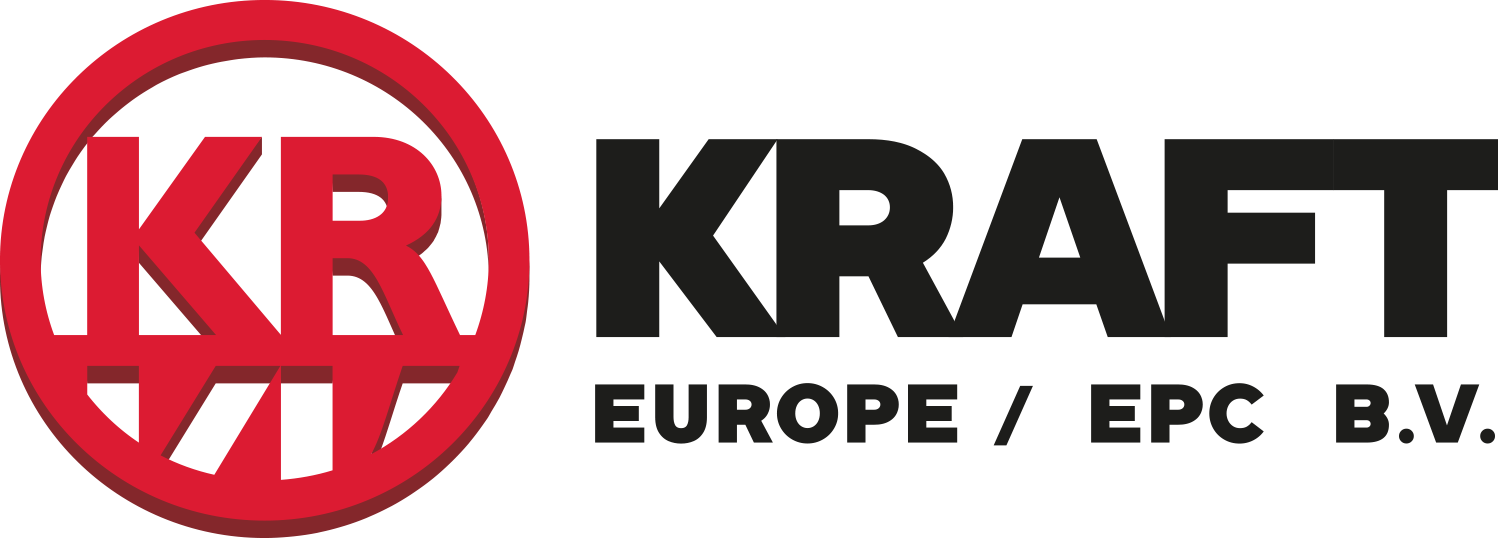Mechanical designers collaborate with engineers and stakeholders to conceptualize and brainstorm ideas for new products, systems, or components. This stage involves defining requirements, identifying design objectives, and exploring different design alternatives.
Conceptual Design
01
Engineering Analysis
Engineers conduct various analyses to evaluate the performance, functionality, and structural integrity of mechanical designs. This includes finite element analysis (FEA), computational fluid dynamics (CFD), stress analysis, thermal analysis, and vibration analysis to ensure that designs meet performance and safety requirements.
02
Detailed Design
Detailed design involves translating conceptual designs into detailed engineering drawings, specifications, and documentation. Mechanical designers use computer-aided design (CAD) software to create 2D and 3D models of components and assemblies, incorporating precise dimensions, tolerances, materials, and manufacturing processes.
03
Material Selection
Mechanical designers collaborate with materials engineers to select appropriate materials for mechanical components based on factors such as strength, durability, corrosion resistance, and cost. Material selection plays a critical role in ensuring the reliability and performance of industrial machinery and equipment.
04
Manufacturability Assessment
Mechanical designers assess the manufacturability of designs, considering factors such as machining capabilities, tooling requirements, assembly processes, and cost-effectiveness. Design for manufacturability (DFM) principles are applied to optimize designs for efficient production.
05
Cost Estimation and Optimization
Mechanical designers work closely with cost engineers and procurement specialists to estimate the manufacturing and production costs associated with mechanical designs. Cost optimization techniques are employed to minimize production costs while maintaining design integrity and performance.
06
Documentation and Compliance
Mechanical designers create detailed design documentation, including technical drawings, specifications, bills of materials (BOM), and compliance documentation to ensure regulatory compliance and facilitate the manufacturing process.
07
Lifecycle Management
Mechanical design activities also involve lifecycle management, which includes tracking design revisions, managing engineering changes, and ensuring that designs evolve to meet evolving market demands, technological advancements, and regulatory requirements.
08
Engineering
KRAFT can provide Process / Structural / Stress / Mechanical / Piping / Electrical & Instrumentation / Thermal engineering / Safety and Environmental utilizing premium design software such as STAAD, TEKLA, E3D, AutoCAD, HYSYS, Caesar II, Primavera, Navisworks, etc.
09
Overall, mechanical design activities in the industrial sector are essential for driving innovation, improving product quality, enhancing efficiency, and ensuring the reliability and safety of mechanical systems and components used in industrial applications. These activities require a multidisciplinary approach, combining engineering expertise, design creativity, and practical knowledge of manufacturing processes to deliver robust and cost-effective solutions.

